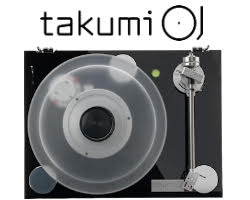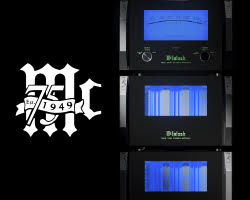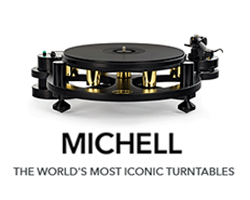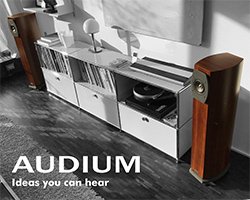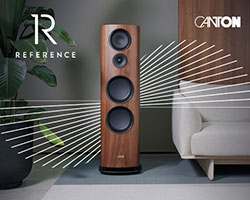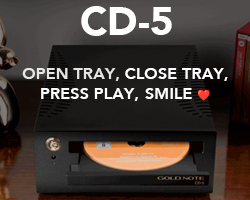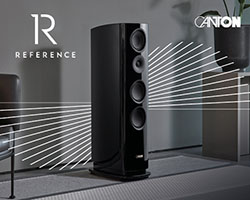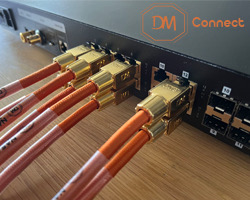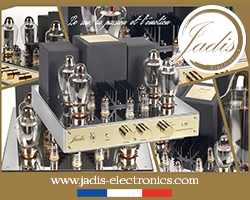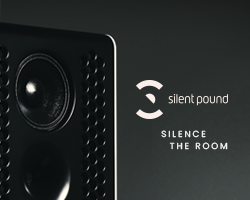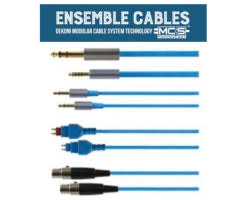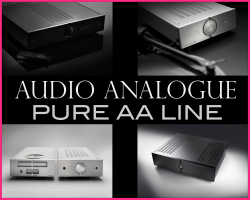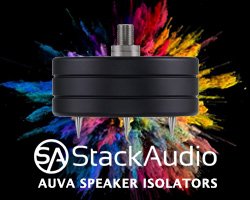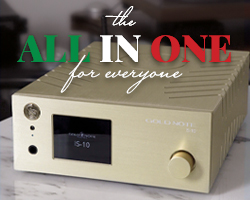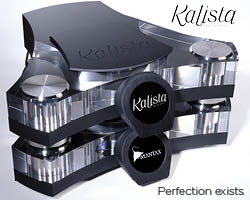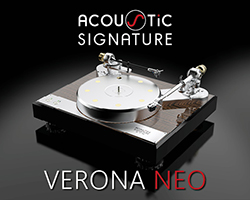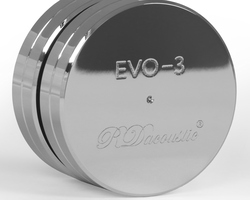The Role of Room Acoustics and How to Tame Your Listening Space

You can have the finest turntable, a world-class DAC, and speakers that get it right for you, but if your room acoustics aren’t playing ball, you’re simply not hearing your system at its best. The room – often overlooked in the pursuit of HiFi nirvana – is just as important as the components themselves. It’s the final piece of the sonic puzzle, and getting it right doesn’t always require specialist products or a bank loan. Sometimes, all it takes is a few cushions, a bit of common sense, and a bit of experimentation.
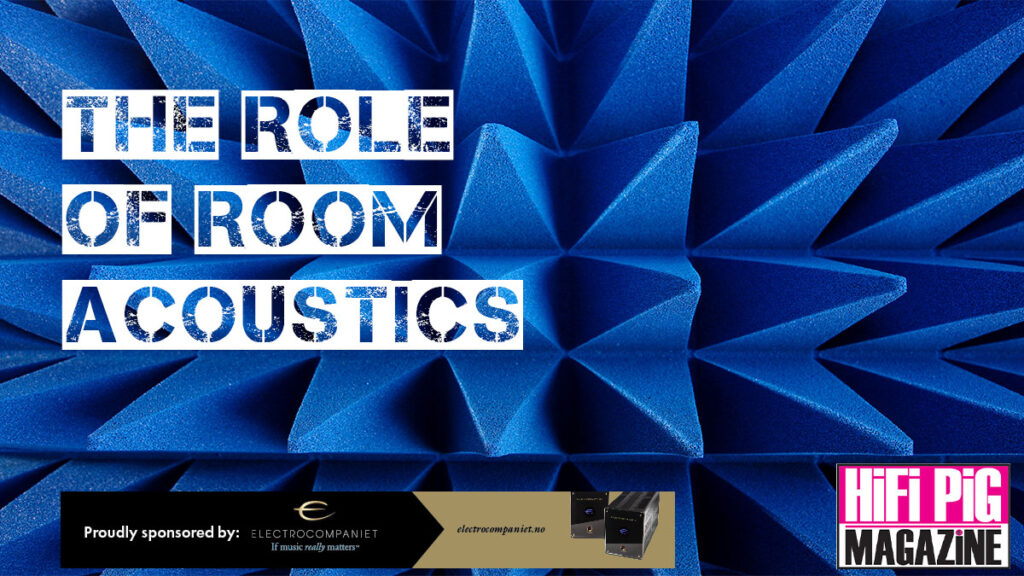
Why Room Acoustics Matter
Let’s start with a bit of science…not a lot.
When sound leaves your speakers, it doesn’t just travel straight to your ears. It bounces off walls, floors, ceilings, furniture – even your cat, if it’s in the way. These reflections can either enhance or muddle the sound, depending on how they interact with the original signal. The result? Boomy bass, smeared mids, harsh treble, or just a general sense that something’s not quite right.
What you hear is a combination of direct sound from the speakers and the room’s influence on that sound. Once you move past the ‘near-field’ (that’s usually about a metre or so from the speakers), the room can dominate what you hear.
So, taming your listening space is about controlling these reflections, absorbing unwanted echoes, and preserving as much of the original musical detail as possible.
Diffraction vs Absorption – What’s the Difference?
These two concepts come up a lot in discussions about acoustics, and they’re often confused. Here’s a simplified look at each:
Diffraction
Diffraction happens when sound waves hit an object and bend around it. In your listening room, diffraction occurs when sound encounters the edges of furniture, speaker cabinets, or even your head. In some cases, diffraction can create a pleasing sense of spaciousness. But too much of it, or in the wrong places, and it can interfere with imaging and clarity.
Absorption
Absorption is about soaking up sound energy. Soft, porous materials like curtains, carpets, and cushions absorb sound, especially in the mid and high frequencies. This helps reduce reflections and echo (sometimes called ‘flutter echo’ when it bounces quickly between two surfaces).
Bass absorption is trickier, as low frequencies tend to pass through or bounce off most materials unless they’re very thick or specially designed.
In general, effective acoustic treatment involves the right balance between absorption (to tame excessive reflections) and reflection or diffusion (to avoid a dead, lifeless sound). Some folk will go with all absorption and some with all reflection, but we’ve found that a combination of the two works best for us at HiFi PiG Towers.
How to Identify a Problem Room
You don’t need lab equipment or fancy software to know if your room has issues, though there is free software and some commercial producers of acoustic panels will help you analyse the results. However, a good place to start is by trying these simple tests:
- Clap Test: Stand in the middle of the room and clap your hands sharply. A fluttering echo or harsh ring suggests too many hard, reflective surfaces.
- Talk Test: Speak aloud while walking around the room – it’s OK, no-one is judging you. Does your voice sound boomy in certain areas or unnaturally sharp in others? These are signs of standing waves or excessive reflections.
- Bass Build-Up: Play a track with sustained bass and walk around. Notice how the bass gets louder in some spots and disappears in others? That’s your room playing tricks with standing waves.
Household Items as Acoustic Treatments
Not everyone wants (or is able) to turn their living room into a recording studio. But you can make a big difference using ordinary household items – the stuff of life. Here’s how:
Soft Furnishings
- Curtains: Thick, lined curtains over windows can absorb a good deal of high-frequency energy. They also help reduce external noise.
- Cushions and Throws: Pile them on sofas or strategically place them on reflective furniture.
- Rugs: Wooden or tiled floors might look lovely, but they’re sound reflectors. A thick rug between your speakers and your listening seat can tame early reflections and clean up the sound.
Bookshelves
A well-stocked bookcase on the rear wall makes an excellent diffuser – that is, it scatters sound rather than absorbing it. This prevents slap-back echoes and helps create a more even soundstage. Go for books of varying depths and heights, not just neat rows of matching hardbacks.
Duvets and Blankets
An old duvet draped over a coat rack or hung on a wall can act as a makeshift absorber – especially handy for treating a first reflection point (more on that in a bit). It might not be stylish, but it’s a useful temporary fix or test before investing in proper panels.
Furniture Placement
Furniture can be your friend when it comes to room acoustics. A sofa placed against the back wall, rather than right up to it, can break up standing waves. Armchairs, coffee tables (with soft coverings), and other irregular shapes help diffuse sound naturally and won’t cost you a penny more than you’ve already spent.
Targeting Trouble Spots – A Room-Taming Checklist
First Reflection Points
Sound bounces off the nearest wall, ceiling, or floor before it reaches your ears. These reflections interfere with the direct sound from the speaker, affecting clarity and imaging.
Solution: Sit in your listening position and have someone move a mirror along the side wall. Wherever you can see the speaker from your seat in the mirror is a first reflection point. Place absorption (like a cushion, panel, or blanket) at these spots. This has traditionally been the first port of call when we’ve been sorting our rooms out.
Rear Wall Reflections
Sound bouncing off the wall behind you can smear the image and muddle spatial cues.
Solution: A bookcase, thick curtains, or even a strategically placed chair can help scatter or absorb this energy. We have used acoustic panels behind the listening position in the past to very good effect, though they don’t look great.
Speaker Positioning
Moving your speakers just a few inches can dramatically change the sound. Too close to the wall, and bass can become overblown. Too far apart, and the stereo image collapses.
Solution: Try the “thirds rule” – place speakers a third of the way into the room from the front wall, and a third of the room width from the side walls. Adjust by ear from there. Toe-in the speakers until vocals snap into focus. We’ll be talking more about this in another chapter.
Bass Traps
Low frequencies are the trickiest to control. They tend to collect in corners, causing boom or muddiness.
Solution: Thick cushions or rolled-up blankets stuffed into corners won’t be as effective as purpose-built bass traps, but they’ll help a bit. If you’re going DIY, aim for something dense and thick, at least 20–30cm deep.
Ceiling Reflections
Not to be forgotten! The ceiling above the listening position is another first reflection point.
Solution: If you’re feeling creative, try hanging a thick quilt or tapestry. Just make sure it’s secure – nothing spoils a listening session like a surprise blow to the head. In the main listening space at HiFi PiG we have three thick acoustic panels suspended by hooks from the ceiling between the speakers and the main listening position.
Go Pro
There’s only so far you can go with cushions and curtains. If you’re building a dedicated listening room or simply want to squeeze every last drop of performance from your system, investing in proper acoustic treatment is well worth it.
Brands like GIK Acoustics, Artnovion, and Vicoustic offer panels that absorb, diffuse, or trap bass in stylish finishes to match your décor. Many companies also offer free room advice or design tools.
Room correction software (like Dirac Live or the built-in options in some bits of kit) can also help, but remember: treating the physical room is usually better than relying entirely on digital correction. I do recall speaking to a well known manufacturer of acoustic panels and they said they would possibly use room correction for the last bit of a room’s treatment but wouldn’t rely on it completely.
The Golden Rule: Listen, Adjust, Repeat
Every room is different. There’s no single formula that works for everyone, and part of the joy of this hobby is the journey. Treating your room is an ongoing process of listening, experimenting, and refining.
Start with what you’ve got. Pay attention to how changes affect your perception of space, clarity, and tonal balance. Don’t be afraid to trust your ears.
Conclusion
Room acoustics might not be the sexiest part of HiFi, but they’re absolutely fundamental. Think of them as the stage on which your system performs. You wouldn’t expect a symphony to sound its best in a stairwell, would you?
The good news is that improving your room doesn’t have to mean buying fancy panels or gutting your living room. A few cushions, a bit of careful listening, and a willingness to experiment can transform your system – and your enjoyment of music.
So go on – clap your hands, move your speakers, and perhaps sacrifice a few scatter cushions in the name of better sound. Your ears will thank you, though your significant other might well want to know what’s happened to all those cushions on the bed.
Happy Clapping!
READ MORE ARTICLES IN THE AUDIO COMPANION SERIES OF ARTICLES























































